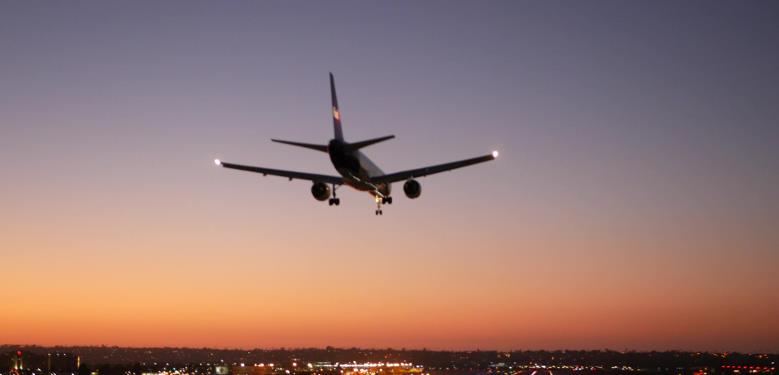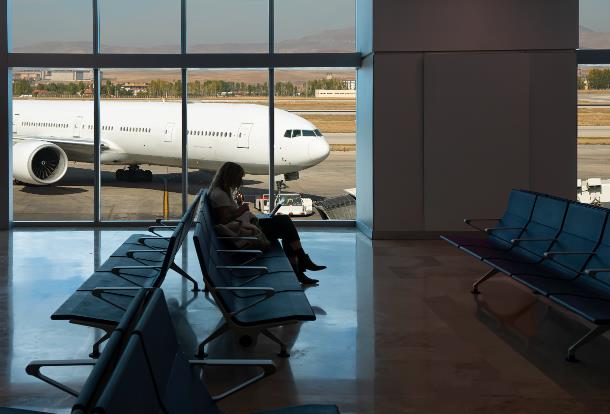
The May Day holiday in 2025 provided a much-needed boost to China's civil aviation industry.
This year, the average domestic economy class airfare during the holiday reached RMB 779 (about USD 108), a 5.3% increase compared to 2024 — boosting market confidence ahead of the summer travel season.
Industry analysts point to two key reasons behind the year-on-year airfare increase:
First, demand recovery was the primary driver.
Daily flight volume exceeded 16,100 during the holiday, up 5.8% from 2024, while passenger numbers jumped 11.8%.
According to travel platform Qunar, the number of people booking air tickets for the first time increased by more than 30% year-on-year — indicating a sharp rise in traveler numbers even with only modest capacity growth.
Second, airlines adopted more rational pricing strategies.
Beyond the fundamental supply-demand logic, airlines lowered presale prices to prevent last-minute fare drops, stabilizing overall revenue during the holiday.
The stronger-than-expected growth in May was the result of both optimized supply-demand dynamics and more measured pricing strategies. The competitive yet cooperative relationship between airlines and OTAs (online travel agencies) did not lead to major conflict.
From the airline's perspective, OTAs offer three key sources of value:
1.Full-scenario product coverage and long-tail market reach: OTAs offer bundled travel products (flights, hotels, attractions) and price comparison tools, enabling access to a wider range of travelers.
2.New customer acquisition and data feedback: OTAs contribute over 40% of new airline customers and share valuable user search data that helps airlines fine-tune route planning and pricing.
3.Lower marketing costs: Building and operating proprietary channels (such as apps, mini programs) is costly and often inefficient for airlines compared to leveraging OTA channels.
The airline-OTA relationship is essentially a symbiotic game within the value chain. The May Day boom validated the benefits of this partnership, while commission disputes remain minor technical frictions.
Looking ahead, the focus should shift to collaborative innovations in product offerings, data integration, and revenue-sharing mechanisms.
Only through such evolution can the ecosystem deliver better experiences for travelers and create a sustainable win-win-win outcome for airlines, OTAs, and consumers.




